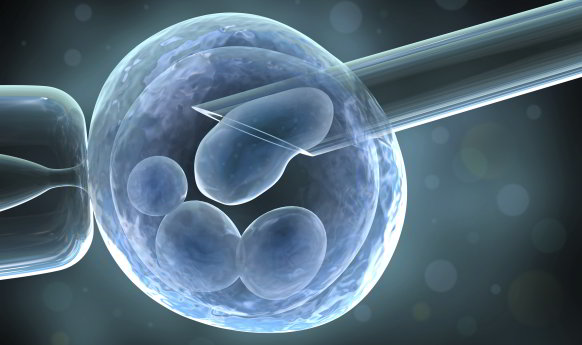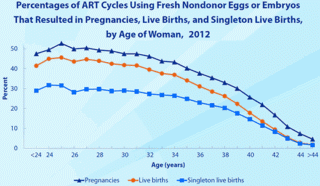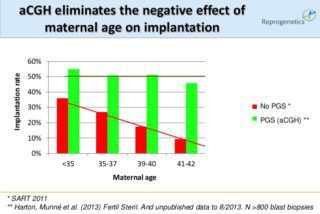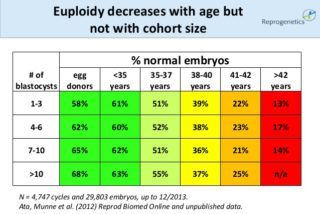Statistics on IVF around the world

Pregnancy rates and statistics on assisted reproduction
Understanding the statistics on assisted reproduction helps to better understand the therapeutic strategies and, therefore, to choose properly the best for each case. In the last decade, there have been substantial technological advances in the area of fertility treatments, and therefore, we had increased success rates and less complication rates.
Some figures to know about infertility around the world:
- Since the birth of Louise Browne in 1978, more than 4 million children have been born using in vitro fertilization. We could fill 40 Barcelona FC stadiums with children born with this technique!
 x 40
x 40
- More than 1 million IVF cycles are performed every year all around the world
– Australia & New Zealand: more than 100,000 newborns with IVF
– Europe: almost 550,000 newborns with VF
– Latin America: 65,000 newborns with IVF
– USA: 1,450,000 newborns with IVF
- More than 20% of IVF cycles are performed by women over 40 years old, in whom success rate is below less than 20% (when using own eggs).

In the graph above, it can be seen that the live-birth rates (with own eggs) is over 40% in women under 30 years old, reach 35% at 35 years, it is around 20% at 40 years and it is below 5% in women over 43. These rates remain unchanged regardless the age if we were talking about egg donation.
PGS increased the implantation rate and increased the frequency of elective single-embryo transfers
The onset of preimplantation genetic screening (PGS) as a routine technique has led to an increase in the frequency of elective single-embryo transfers. Implantation rates increase substantially with the transfer of an euploid (chromosomally normal) embryo. After performing PGS, when transferring a chromosomally normal embryo, implantation probabilities do not change with the age of the woman, it is just the same at all ages.

It was also showed frequency of normal embryos decreases as age increases, regardless of the ovarian reserve.

Preimplantation genetic screening substantially increased the elective single-embryo transfer rate. However, this increase has been more pronounced in Australia, Canada and the United Kingdom, than in USA, Europe and Latin America. We will have to keep working to improve this rate in this part of the planet.
Enhancing the access to people seeking infertility treatments is an important goal for the health care community.
Improving the information given to general population about the impact of age on reproduction would probably reduce the number of people needing these kind of treatments.
Providing all the information about the success rates and the available treatments would improve the success rates by helping patients to choose the best treatments for them (read our article about shared decision making process)
It should be our objective to give better information to help more people.


